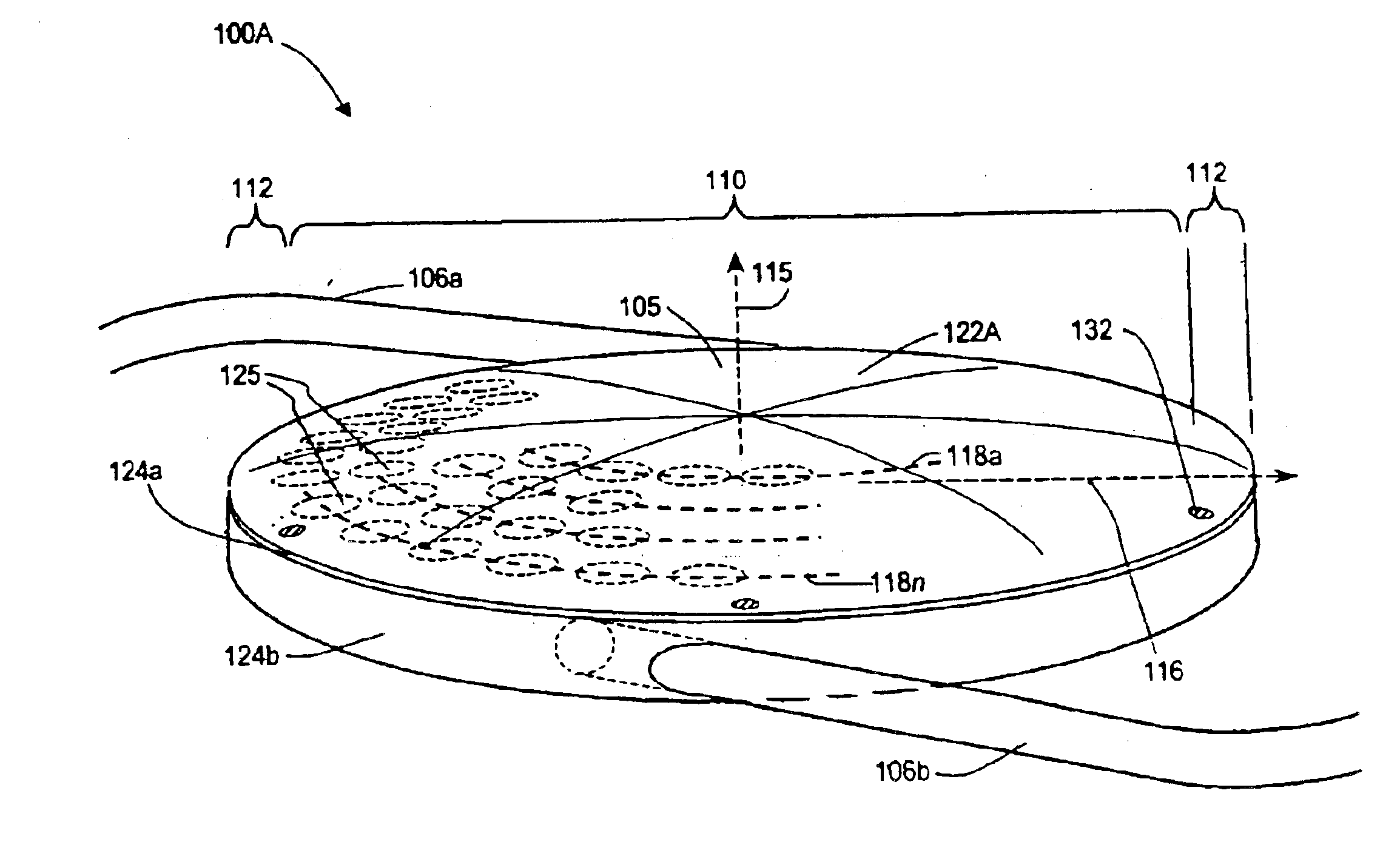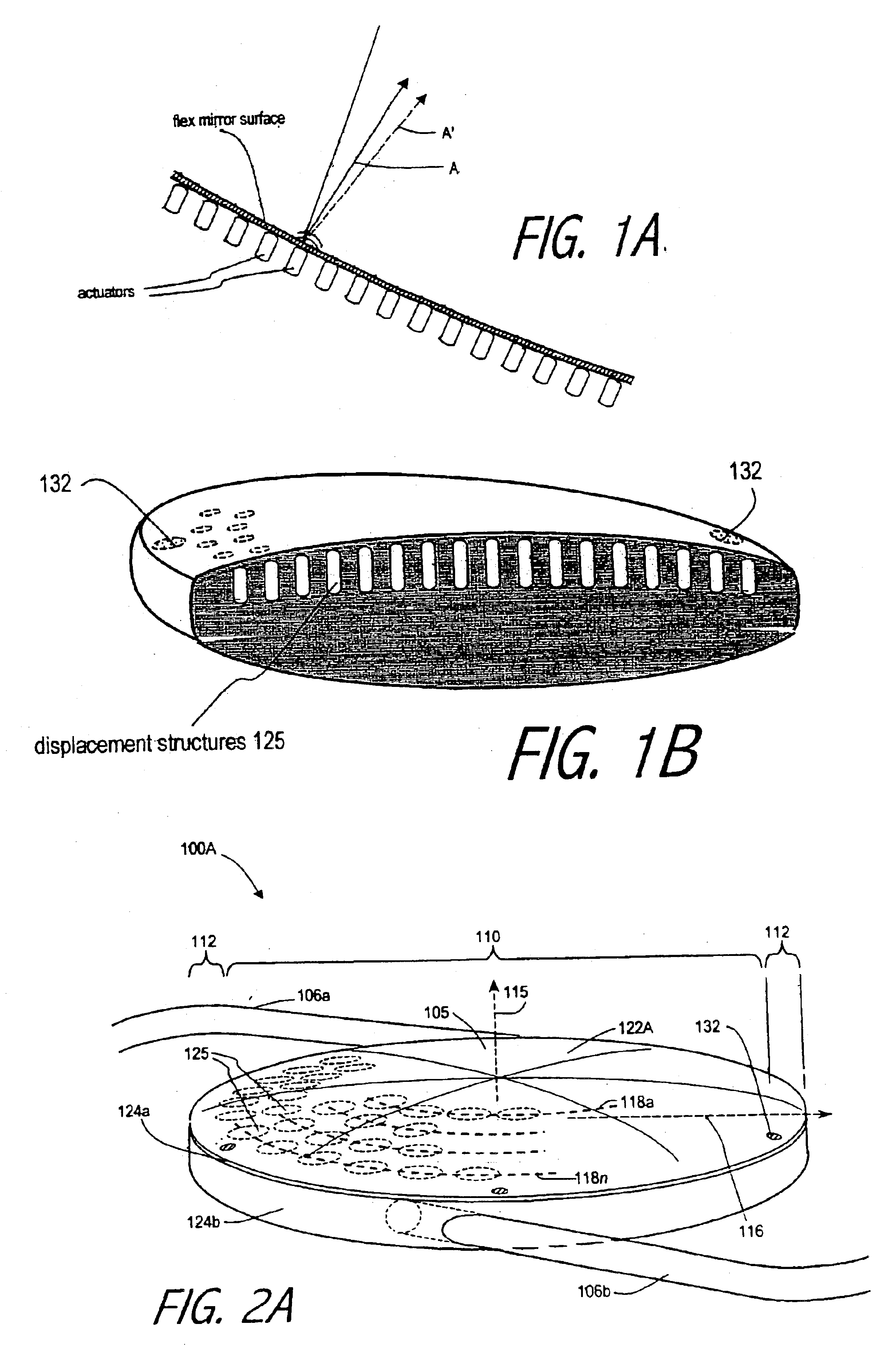Adaptive optic lens and method of making
a technology of optics and lenses, applied in intraocular lenses, instruments, medical science, etc., can solve the problems of corneal ablation approach suffering from many, intractable problems in calculating the proper power, and beyond the margin of error of refractive error in biometric systems
- Summary
- Abstract
- Description
- Claims
- Application Information
AI Technical Summary
Benefits of technology
Problems solved by technology
Method used
Image
Examples
Embodiment Construction
I. Principles of Shape Memory in Polymers
[0057]Practically all embodiments of the invention utilize a shape memory polymer (SMP) to enable fluid displacement, fluid handling and in general actuation of the displacement structures of the adaptive optic according to the invention. For this reason, a background on shape memory polymers is provided. Some embodiments of the adaptive optic also utilize heat shrink polymers that are well known in the art, and it is not necessary to provide additional background on such polymers. Collectively, the shape memory polymers and heat shrink polymers are referred to herein as shape-change polymers.
[0058]Shape memory polymers demonstrate the phenomena of shape memory based on fabricating a segregated linear block co-polymer, typically of a hard segment and a soft segment. The shape memory polymer generally is characterized as defining phases that result from glass transition temperatures in the hard and a soft segments. The hard segment of SMP typi...
PUM
 Login to View More
Login to View More Abstract
Description
Claims
Application Information
 Login to View More
Login to View More - R&D
- Intellectual Property
- Life Sciences
- Materials
- Tech Scout
- Unparalleled Data Quality
- Higher Quality Content
- 60% Fewer Hallucinations
Browse by: Latest US Patents, China's latest patents, Technical Efficacy Thesaurus, Application Domain, Technology Topic, Popular Technical Reports.
© 2025 PatSnap. All rights reserved.Legal|Privacy policy|Modern Slavery Act Transparency Statement|Sitemap|About US| Contact US: help@patsnap.com



